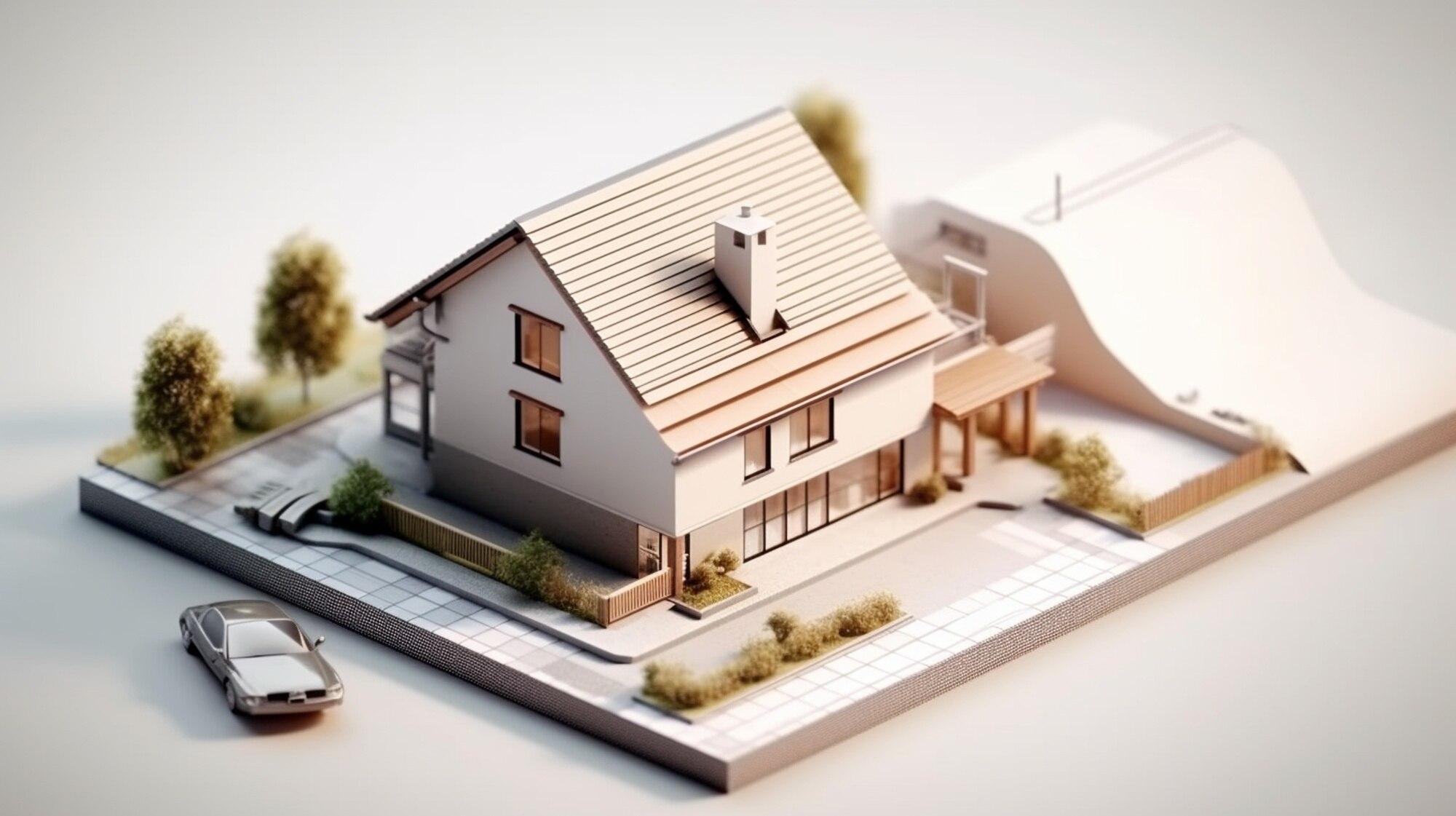⏳File 2023 taxes and minimize IRS late fees now!
Everything You've Ever Wanted to Know About Tax Deductible Home Improvements
Everything You've Ever Wanted to Know About Tax Deductible Home Improvements
Table of contents
Key takeaways...Read more
What home improvements are tax deductible?...Read more
Capital improvements...Read more
Can I write off home improvements after disasters?...Read more
When are capital improvements tax deductible?...Read more
What's not considered an improvement?...Read more
Are home repairs tax deductible vs. are home improvements tax deductible?...Read more
Redecorating vs. correcting a design flaw...Read more
What home improvements are tax deductible in 2023?...Read more
Solar panels...Read more
Improvements to your home office...Read more
Medical renovations...Read more
Making sure you catch every tax deduction...Read more
Key takeaways
- You can deduct home renovations and improvements as part of the home improvement tax deduction
- If you upgrade your home with a capital improvement project, you can take a tax write-off for any associated costs
- Any home repairs done on your home aren’t eligible for a home repairs tax deduction
What home improvements are tax deductible?
Capital improvements
Can I write off home improvements after disasters?
When are capital improvements tax deductible?
- Most homes appreciate in value over time, so when you sell yours, you will likely make a profit
- The profit is called a capital gain, and the IRS usually taxes capital gains
- If you make capital improvements to your home, you can write off the cost of them from the capital gains tax you might have to pay
What's not considered an improvement?
Are home repairs tax deductible vs. are home improvements tax deductible?
Redecorating vs. correcting a design flaw
What home improvements are tax deductible in 2023?
Solar panels
Improvements to your home office
Medical renovations
Making sure you catch every tax deduction
What’s FlyFin?
Expert tax CPAs ensure 100%-accurate tax filing
A.I. finds every tax deduction, eliminating 95% of your work
On average users save $3,700
